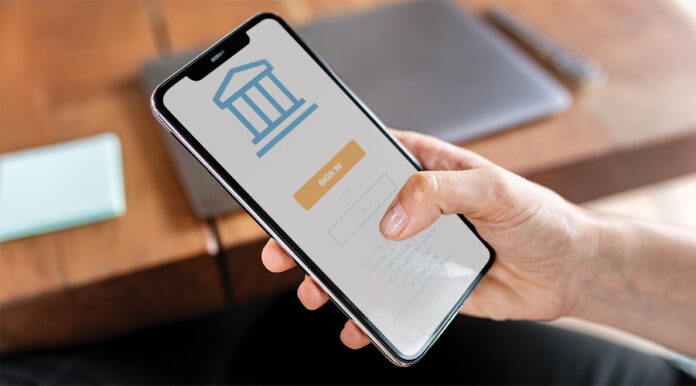Let us begin this with a question – twenty years ago, when a young professional starting their first job or a small business owner went to open their first bank account, how would they know what bank to give their business to? The very basic factors they might have looked at back then is which banks would charge lower fees and interest rates, which bank has better-trained staff, and which bank might offer better security, discounts and services. Realistically speaking, in Pakistan, another concern might have been which bank was close to the person’s house or place of work — considering the hell that is in Pakistan the concept of “kaam sirf original branch sai ho ga.”
Much has changed since then. In fact, for most people hoping to sign up for financial services today the first question they ask of a bank or a fintech is – how easy and reliable is your mobile application? That is because as the ‘banked’ population of the country grows, the demographic of people that need financial services is also changing. This means that there are new priorities.
For most people, quick and simple transactions on a reliable mobile phone application are key.
Pakistan is a growing consumer of smartphone technology and mobile data internet connections. With digitalization at its early stages, the 3G/4G penetration rate in the country stands at 35.21%, which means more than 74 million subscribers are connected – numbers that are supposed to continue to swell. Over the past few years, this permeability has meant that banking through phone applications has become more common too. The content in this publication is expensive to produce. But unlike other journalistic outfits, business publications have to cover the very organizations that directly give them advertisements. Hence, this large source of revenue, which is the lifeblood of other media houses, is severely compromised on account of Profit’s no-compromise policy when it comes to our reporting. No wonder, Profit has lost multiple ad deals, worth tens of millions of rupees, due to stories that held big businesses to account. Hence, for our work to continue unfettered, it must be supported by discerning readers who know the value of quality business journalism, not just for the economy but for the society as a whole.To read the full article, subscribe and support independent business journalism in Pakistan


























Nice blog.Thank you so much for sharing this amazing information with us.
온라인 카지노
j9korea.com